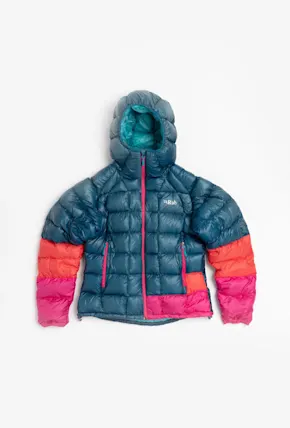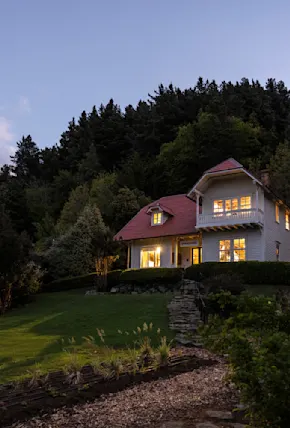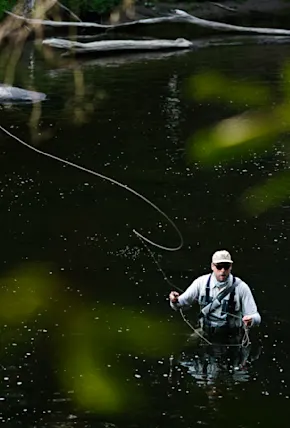Danny Thorn is a photographer based in Brooklyn, New York, interested in film photography and the outdoors.
I remember my friend Steph reading me a quote from Bruce Chatwin's In Patagonia, a book she had on hand when we were there. “Patagonia is the furthest place to which man walked from his place of origins. It is therefore a symbol of his restlessness. From its discovery it had the effect on the imagination of something like the moon, but in my opinion more powerful.”
To get to Patagonia was a huge mission. We had to take three flights and travel over 6,000 miles just to get to El Chalten, then rent a car and drive another five hours into Chile. We learned quickly that this was a place that would live up to its reputation as the edge of the earth. It looked as if it had barely even been settled much since humans first arrived.















